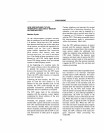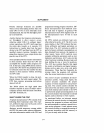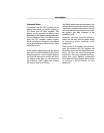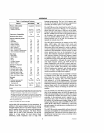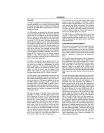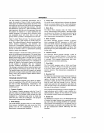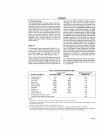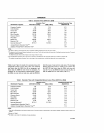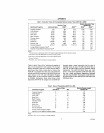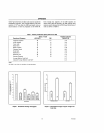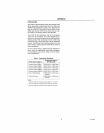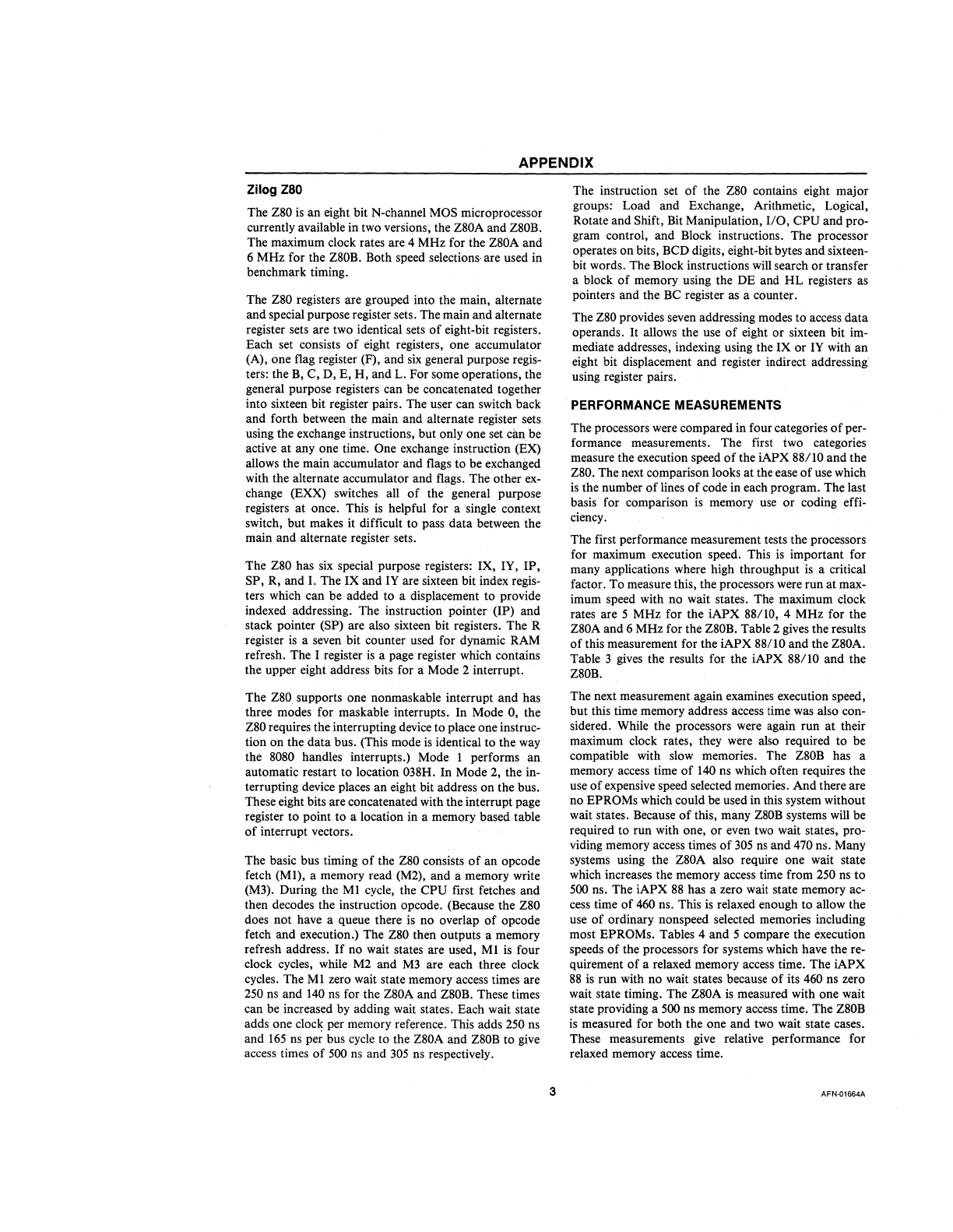
APPENDIX
Zilog Z80
The Z80
is
an
eight bit N-channel MOS microprocessor
currently available in two versions, the
Z80A and Z80B.
The maximum clock rates are 4 MHz for the Z80A and
6 MHz for the
Z80B. Both speed selections- are used in
benchmark timing.
The
Z80 registers are grouped into the main, alternate
and special purpose register sets. The main and alternate
register sets are two identical sets
of
eight-bit registers.
Each set consists
of
eight registers, one accumulator
(A), one flag register (F), and
six
general purpose regis-
ters: the
B,
C, D, E, H, and
L.
For some operations, the
general purpose registers can be concatenated together
into sixteen bit register pairs. The user can switch back
and forth between the main and alternate register sets
using the exchange instructions, but only one set
can be
active
at
anyone
time. One exchange instruction (EX)
allows the main accumulator and flags to be exchanged
with the alternate accumulator and flags. The other
ex-
change (EXX) switches all
of
the general purpose
registers
at
once. This
is
helpful for a single context
switch, but makes it difficult to pass data between the
main and alternate register sets.
The
Z80 has
six
special purpose registers: IX, IY, IP,
SP,
R,
and
I.
The IX and
IY
are sixteen bit index regis-
ters which can be added to a displacement to provide
indexed addressing. The instruction pointer (lP) and
stack pointer (SP) are also sixteen bit registers. The R
register
is
a seven bit counter used for dynamic RAM
refresh. The I register
is
a page register which contains
the upper eight address bits for a Mode 2 interrupt.
The
Z80 supports one nonmaskable interrupt and has
three modes for maskable interrupts. In Mode
0, the
Z80 requires the interrupting device to place one instruc-
tion on the data bus. (This mode
is
identical to the way
the
8080
handles interrupts.) Mode 1 performs
an
automatic restart to location 038H. In Mode
2,
the in-
terrupting device places an eight bit address on the bus.
These eight bits are concatenated with the interrupt page
register to point to a location in a memory based table
of
interrupt vectors.
The basic bus timing
of
the Z80 consists
of
an opcode
fetch (Ml), a memory read (M2), and a memory write
(M3). During the
Ml
cycle, the CPU first fetches and
then decodes the instruction opcode. (Because the
Z80
does not have a queue there
is
no overlap
of
opcode
fetch and execution.) The
Z80 then outputs a memory
refresh address.
If
no wait states are used,
Ml
is
four
clock cycles, while
M2
and
M3
are each three clock
cycles. The
Ml
zero wait state memory access times are
250
ns
and
140
ns
for the Z80A and Z80B. These times
can
be
increased by adding wait states. Each wait state
adds one clock per memory reference. This adds
250
ns
and
165
ns
per bus
cycle
to the Z80A and
Z80B
to give
access times
of
500
ns
and
305
ns
respectively.
3
The instruction set
of
the Z80 contains eight major
groups: Load and Exchange, Arithmetic, Logical,
Rotate and Shift, Bit Manipulation,
I/O,
CPU and pro-
gram control, and Block instructions. The processor
operates on bits, BCD digits, eight-bit bytes and sixteen-
bit words. The Block instructions will search or transfer
a block
of
memory using the DE and
HL
registers
as
pointers and the
BC
register
as
a counter.
The
Z80 provides seven addressing modes to access data
operands.
It
allows the use
of
eight
or
sixteen bit im-
mediate addresses, indexing using the IX
or
IY
with
an
eight bit displacement and register indirect addressing
using register pairs.
PERFORMANCE MEASUREMENTS
The processors were compared in four categories
of
per-
formance measurements. The first two categories
measure the execution speed
of
the iAPX 88/10 and the
Z80. The next comparison looks at the ease
of
use which
is
the number
of
lines
of
code in each program. The last
basis for comparison
is
memory
use
or
coding effi-
ciency.
The first performance measurement tests the processors
for maximum execution speed. This
is
important for
many applications where high throughput
is
a critical
factor. To measure this, the processors were run at max-
imum speed with no wait states. The maximum clock
rates are 5 MHz for the iAPX
88/10, 4 MHz for the
Z80A and 6 MHz for the Z80B. Table 2 gives the results
of
this measurement for the iAPX 88/10 and the Z80A.
Table 3
gives
the results for the iAPX 88/10 and the
Z80B.
The next measurement again examines execution speed,
but this time memory address access time
was
also con-
sidered. While the processors were again run at their
maximum clock rates, they were also required to be
compatible with slow memories. The
Z80B has a
memory access time
of
140
ns
which often requires the
use
of
expensive speed selected memories. And there are
no EPROMs which could be used in this system without
wait states. Because
of
this, many
Z80B
systems will be
required to run with one, or even
two
wait states, pro-
viding memory access times
of
305
ns
and 470 ns. Many
systems using the
Z80A also require one wait state
which increases the memory access time from
250
ns
to
500
ns. The iAPX
88
has a zero wait state memory ac-
cess
time
of
460 ns. This
is
relaxed enough to allow the
use
of
ordinary nons peed selected memories including
most EPROMs. Tables 4 and 5 compare the execution
speeds
of
the processors for systems which have the re-
quirement
of
a relaxed memory access time. The iAPX
88
is
run with no wait states because
of
its 460 ns zero
wait state timing. The
Z80A
is
measured with one wait
state providing a
500
ns
memory access time. The Z80B
is
measured for both the one and
two
wait state cases.
These measurements give relative performance for
relaxed memory access time.
AFN-Q1664A



